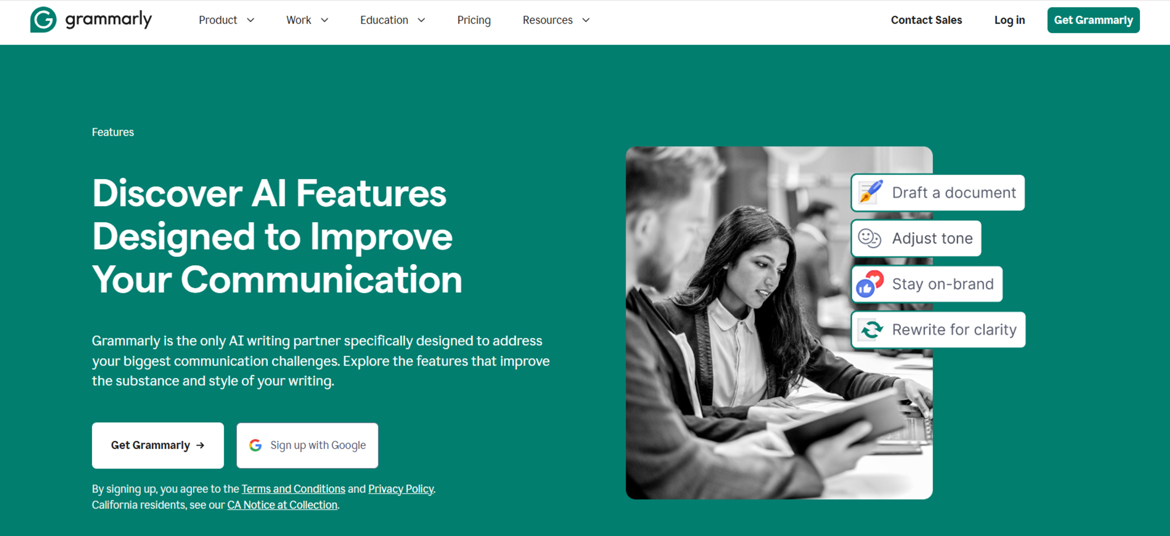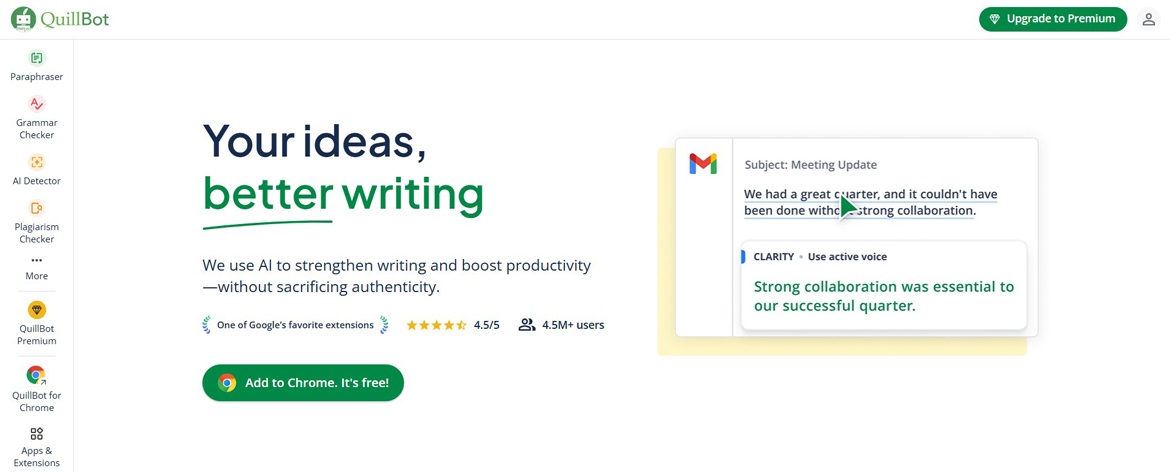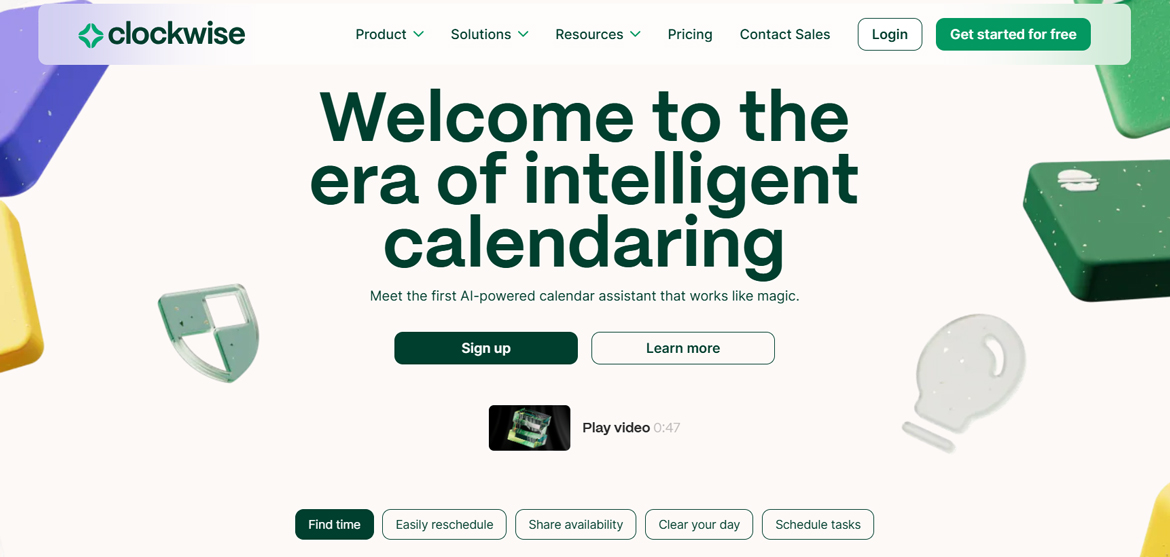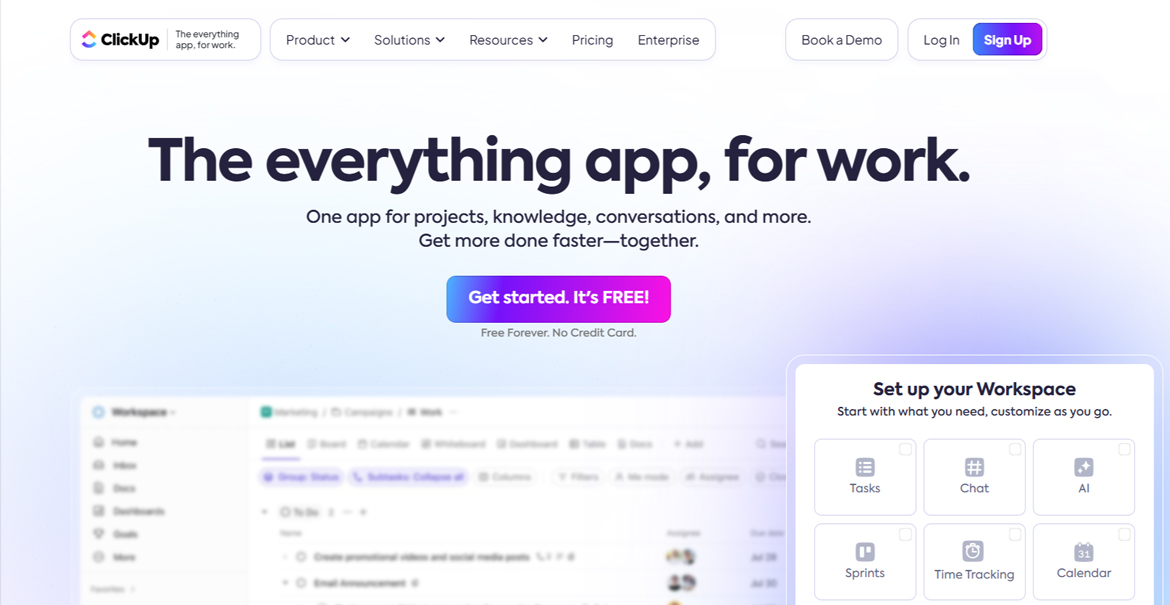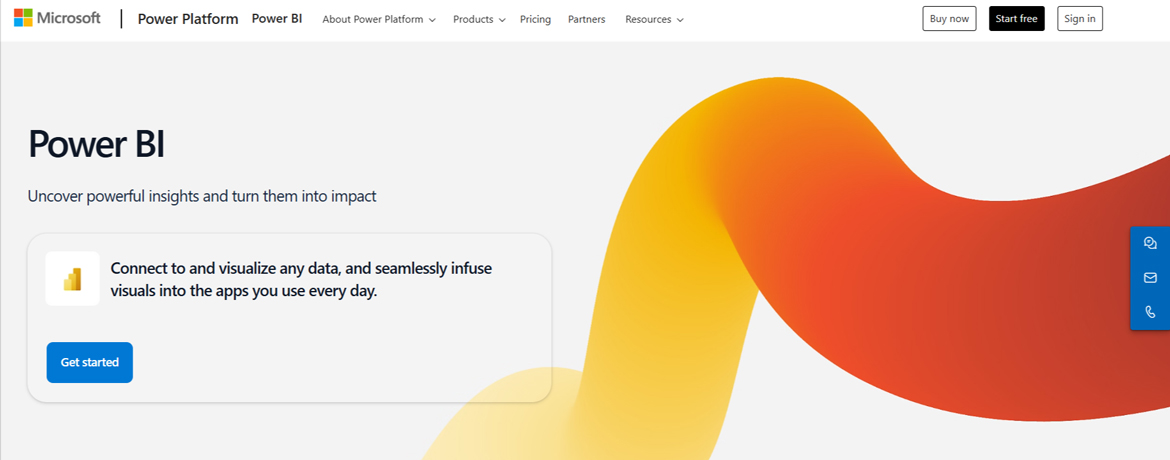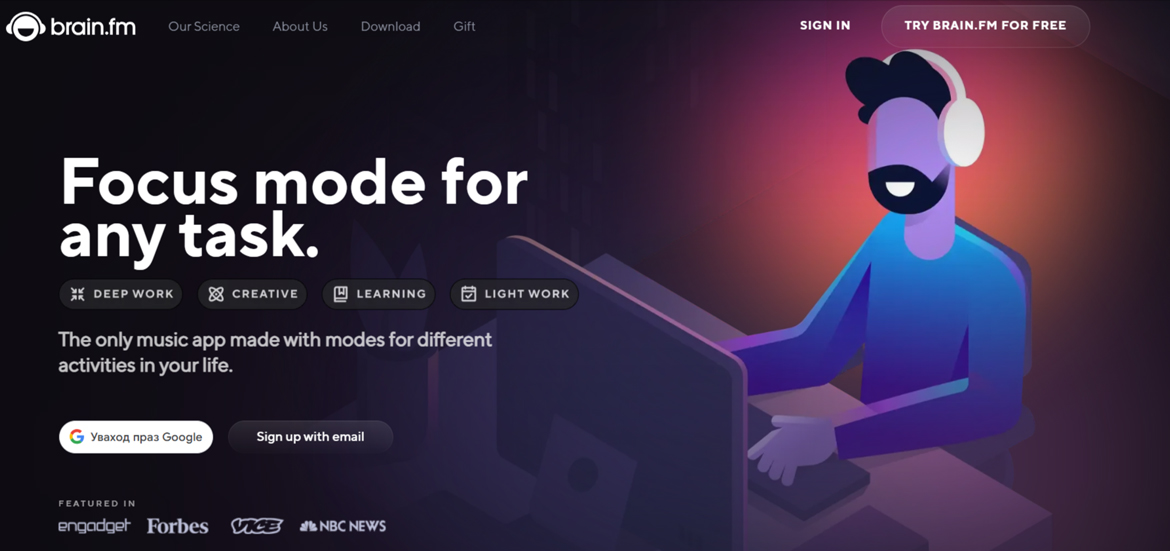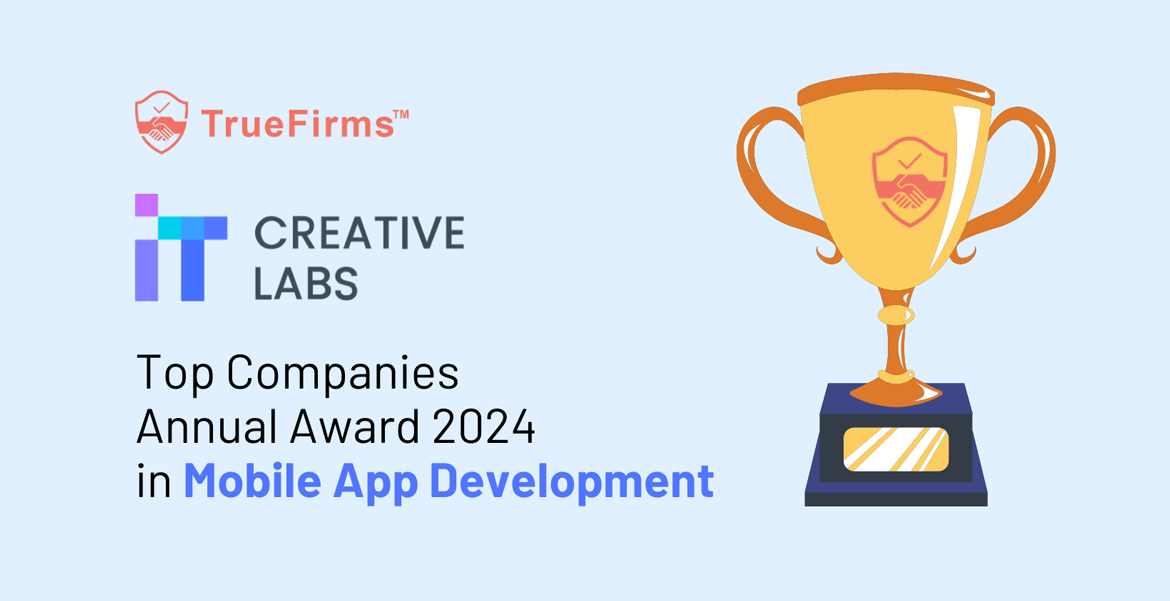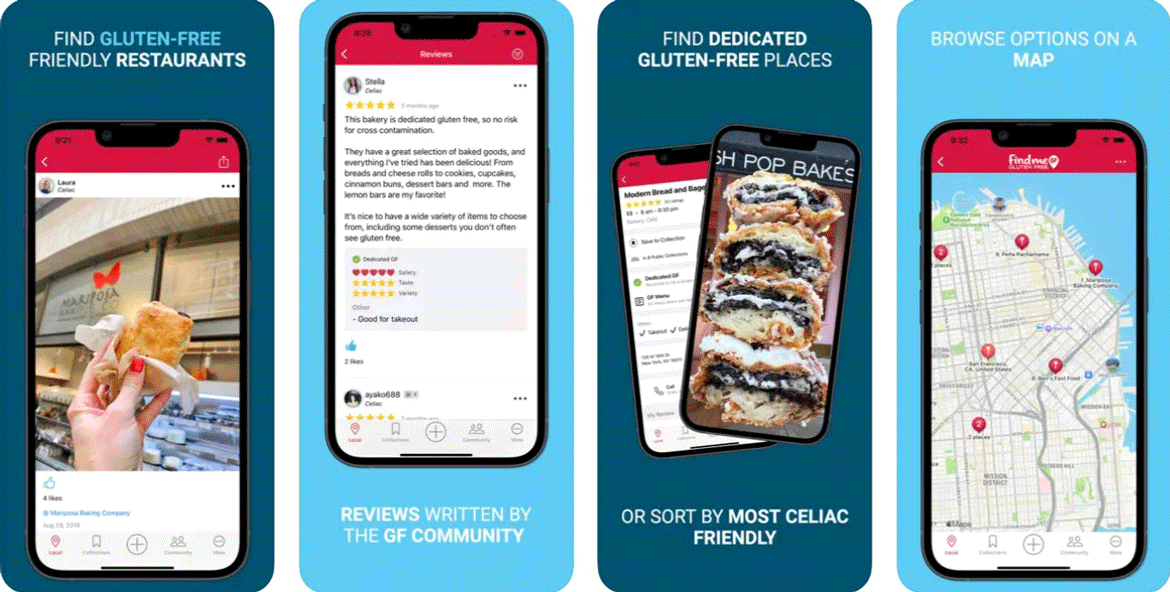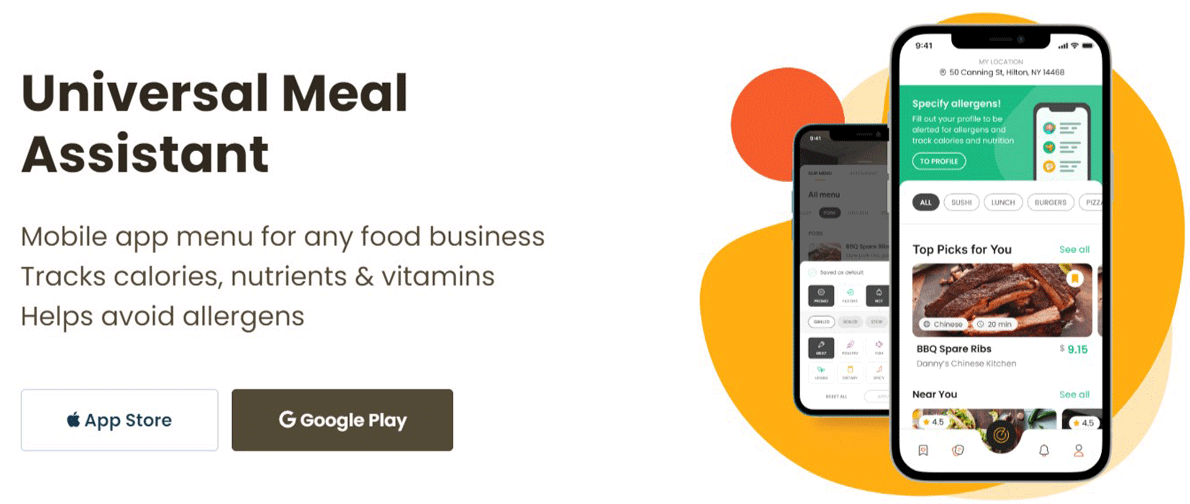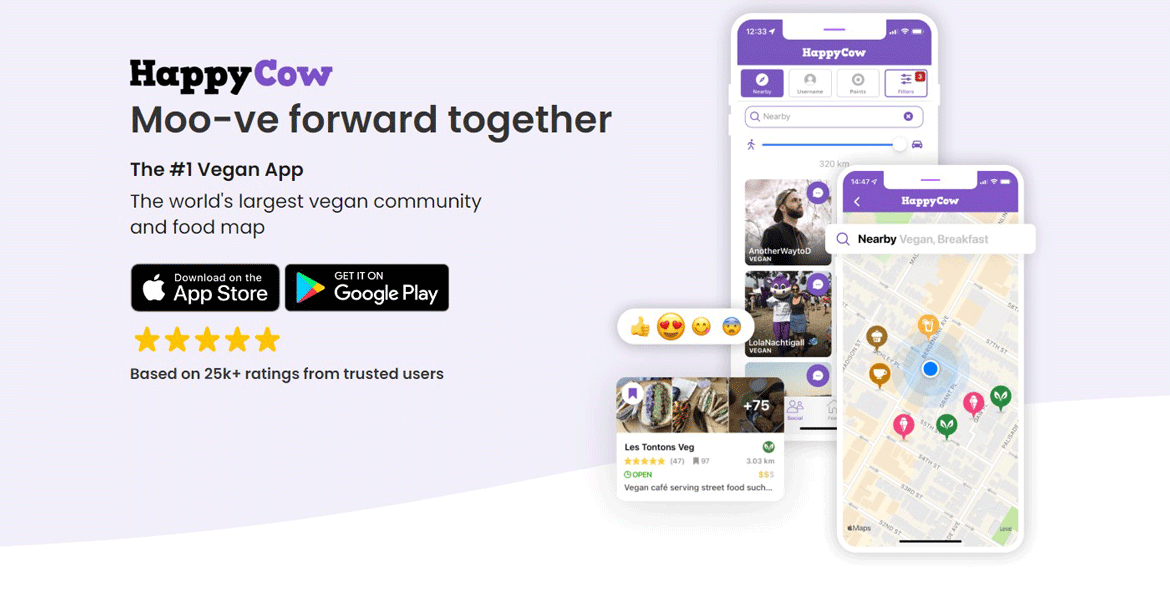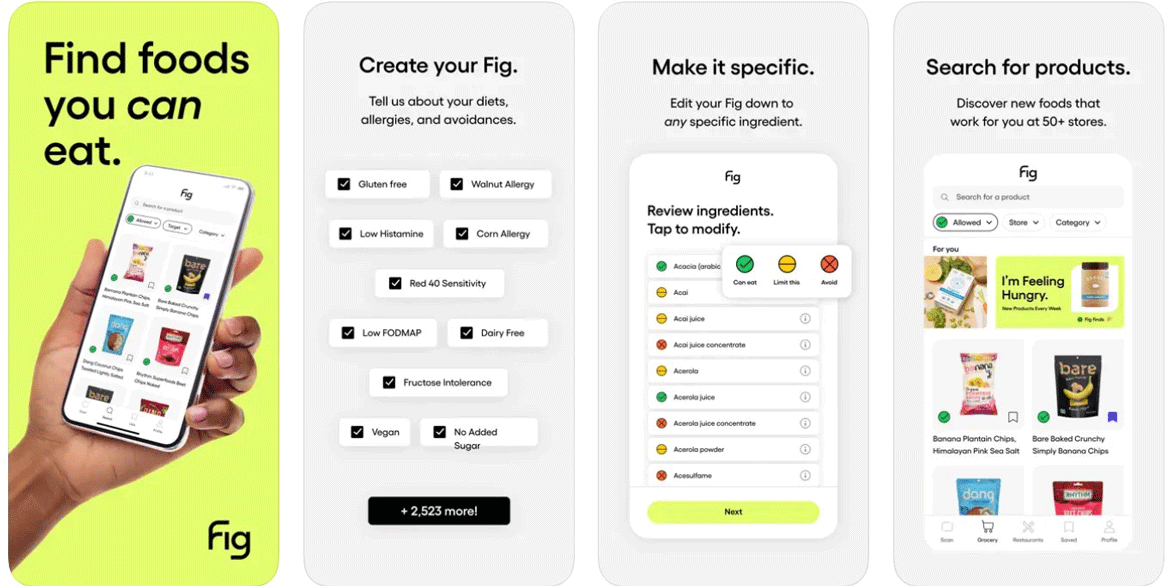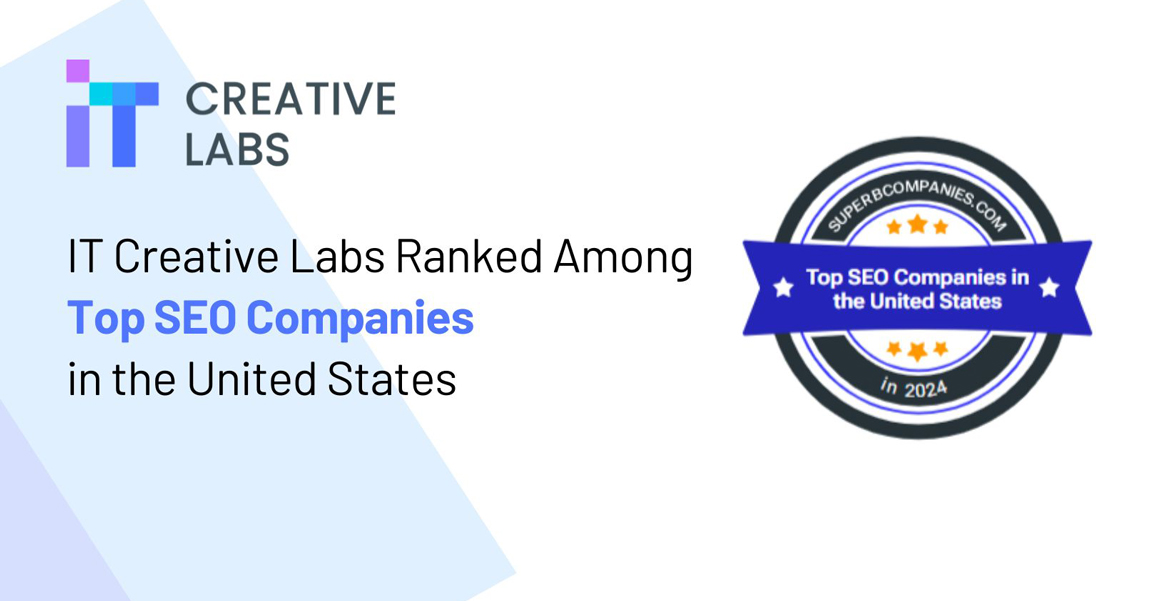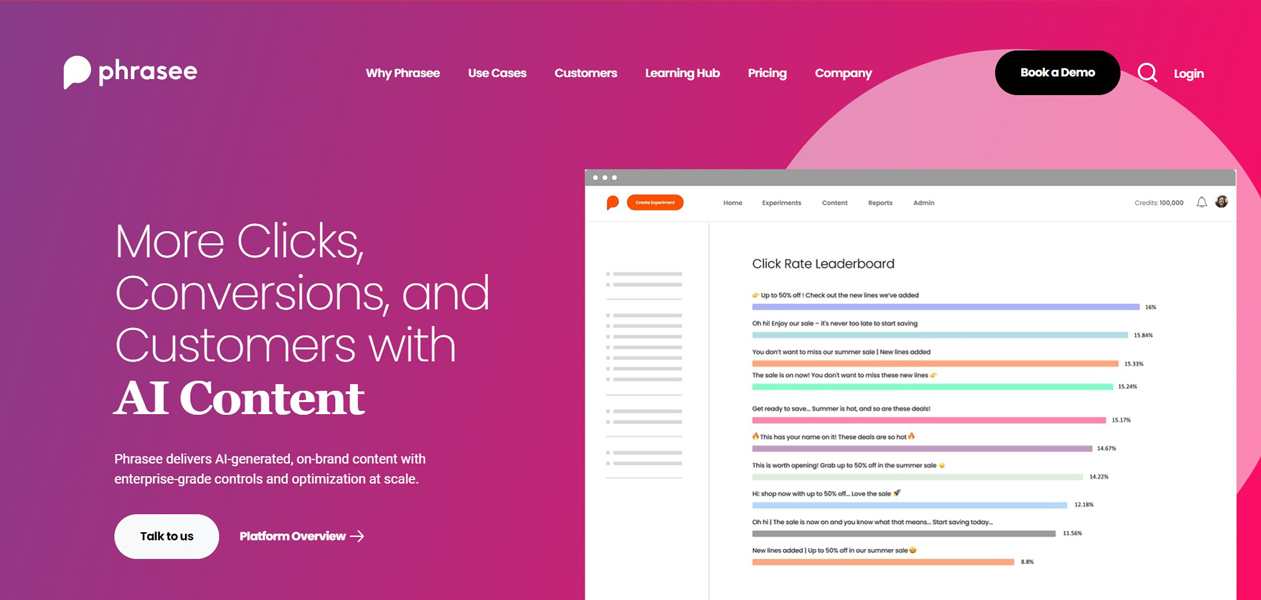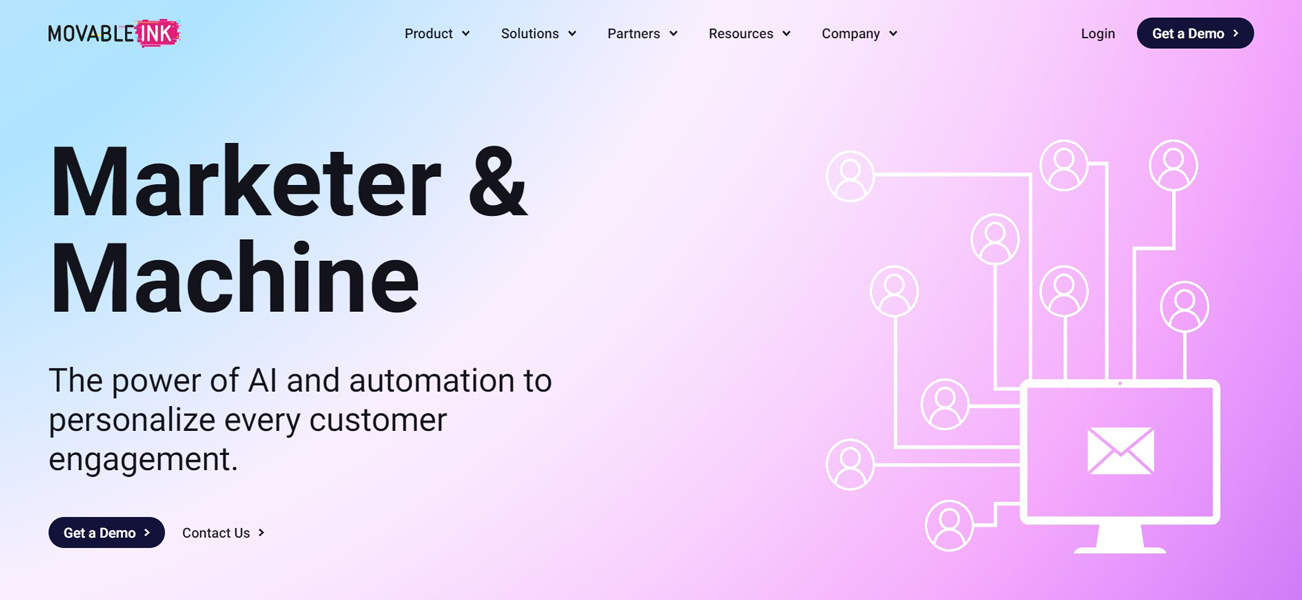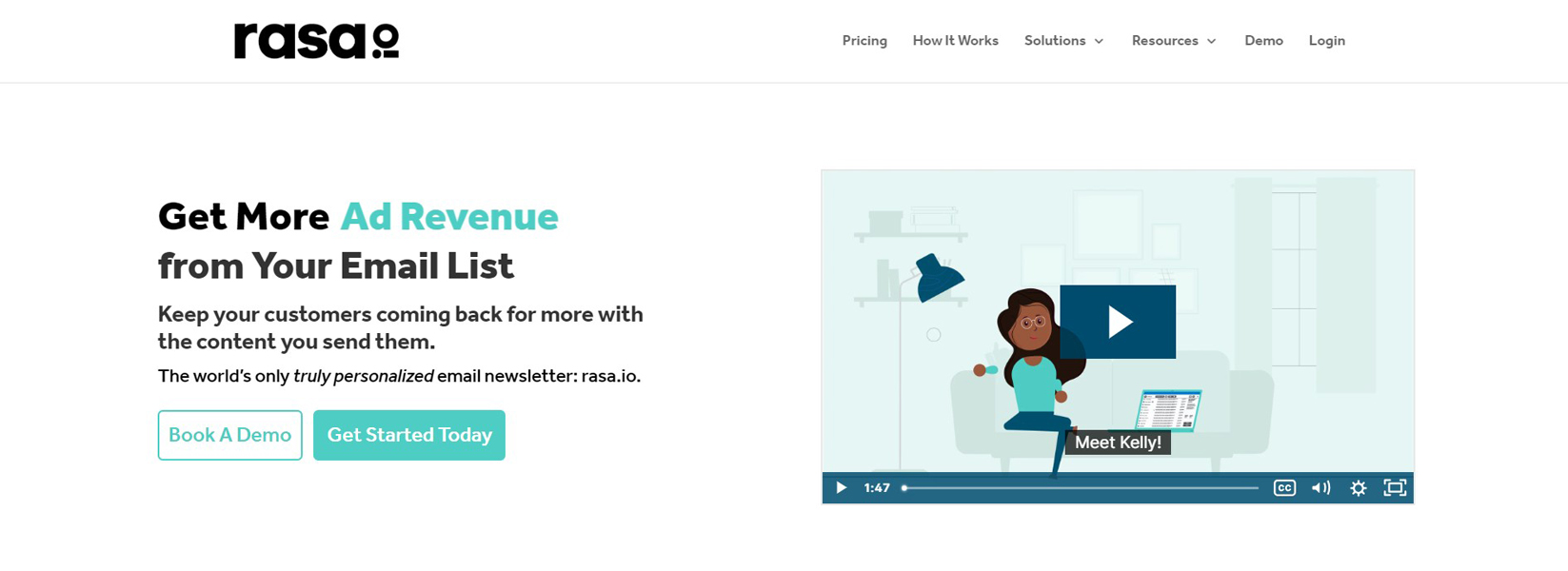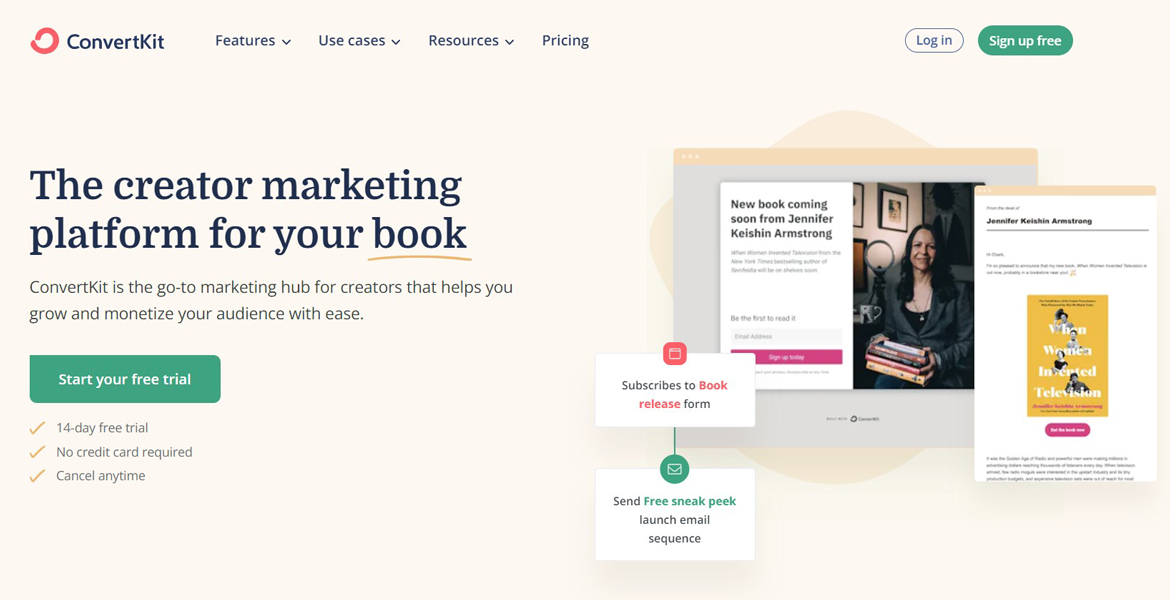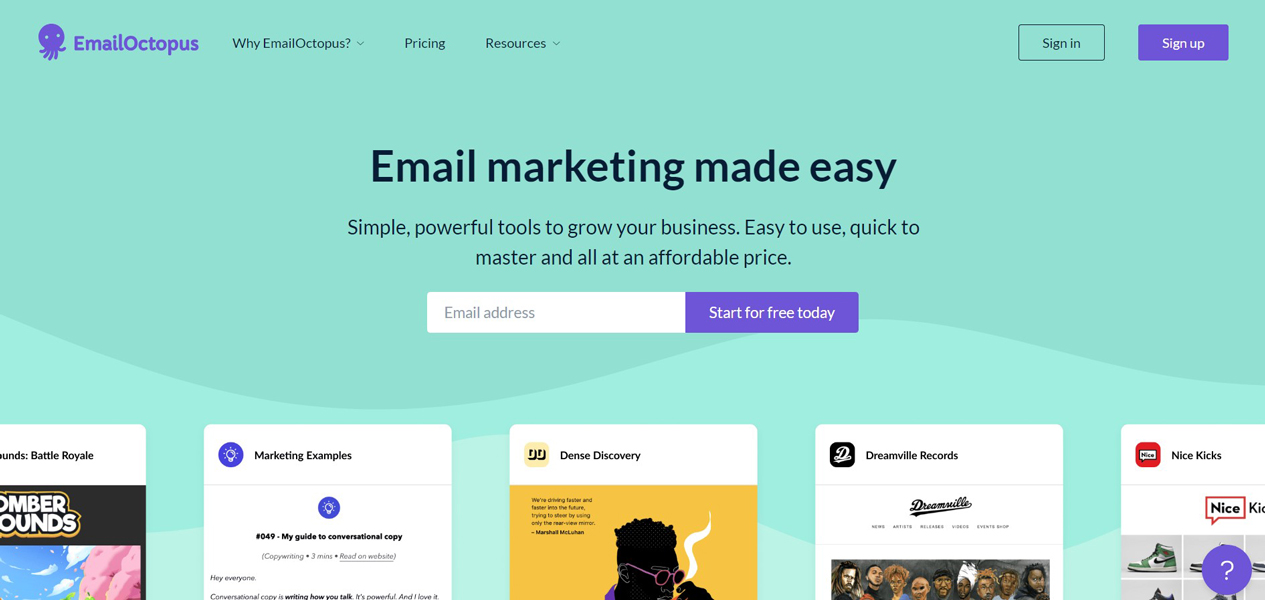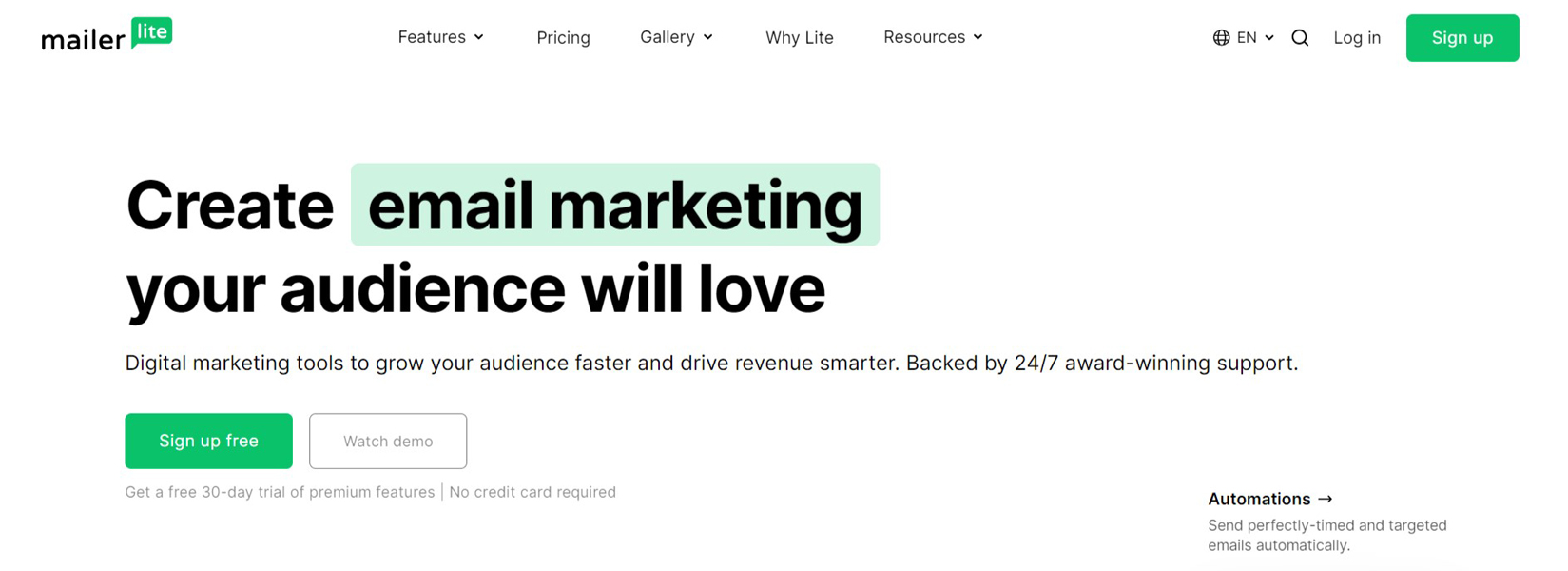In today’s business, a leader is not just a person with a high position or a loud title. A real leader is someone who leads the team forward, makes difficult decisions, inspires and is able to maintain focus even in the face of constant change.
This is especially true in the IT field, where technology is developing rapidly and the success of projects directly depends on the leader’s ability to connect people, processes and goals into one whole.
Effective leadership is not an inborn talent, but a set of skills and qualities that are formed with experience. Their importance can hardly be overestimated: a strong leader is able not only to achieve business results, but also to create a team in which one wants to work and grow.
So let’s look at the main key qualities that distinguish a truly effective leader. We will also talk about how these qualities can be developed, and what mistakes most often hinder the path to strong leadership.
Why is it Important to Talk About the Qualities of a Leader in 2025?

The world has changed and continues to change at an unprecedented rate. Artificial intelligence is infiltrating many areas of business, technology is advancing faster than ever, and workflows are becoming more agile and automated. In the wake of the global COVID-19 pandemic and the shift of teams to remote working, the role of the leader has become especially important.
The modern leader can no longer rely on authority or experience. In turn, companies aren’t looking for ideal bosses, but real leaders — those who can listen, support, make decisions and take responsibility.
Those professionals who develop strong leadership gain a competitive advantage — both at the personal career level and across the organization.
1. Communication Competence
Communication is one of the most critical skills in a leader’s arsenal. Often it is the lack of clarity, misunderstandings, or regular feedback that causes conflict, decreased motivation, and missed deadlines in teams.
Many leaders think that “once said, that’s enough”. Or that “it’s clear enough”. This is one of the most common mistakes. In fact, effective communication is an ongoing process: you need to be able to not only communicate your thoughts clearly, but also to check how they have been received. Listening is just as important as speaking.
It is also important to remember that the leader’s communication style sets the tone for the entire team. If he or she is open, respectful and constructive, so is the team climate.
2. Strategic Thinking
The second important skill of a strong leader is the ability to look beyond the current tasks. Strategic thinking is the ability to see the big picture: to understand where the market is moving, what challenges await the team tomorrow, and what decisions today bring the company closer or farther away from its long-term goals.
The mistake here is often to get “stuck” in the operating system. Leaders with technical or product backgrounds can get caught up in the details, forgetting the main thing — direction. As a result, the team does a great job with individual tasks, but loses motivation and energy without understanding why they are doing it.
In order to develop strategic thinking, it is important to regularly ask the question “why?”. — both in relation to yourself and to the company’s processes.
3. Empathy and Emotional Intelligence
The ability to understand others, sense the mood of the team, read “unspoken” information and incorporate it into management is what makes a leader not only effective but also respected.
In reality, it is this skill that is often lacking in technical or fast-growing teams where the focus is on results rather than people. Managers may overlook emotional burnout, ignore internal conflicts or, conversely, react harshly to criticism.
Developing emotional intelligence starts with self-observation: being aware of your reactions, working with feedback, taking a genuine interest in people.
4. Responsibility
True leadership is not possible without personal responsibility. It isn’t just the fulfillment of duties — it is the willingness to take the consequences of decisions, to admit mistakes and not to shift the blame to others. A leader with high responsibility becomes a reliable support for the team: he or she does not disappear in difficult moments, does not look for excuses and is not afraid to make difficult choices.
A mistake that aspiring leaders often make is trying to “seem right” but avoiding specific solutions. For example, delegating responsibility downward, but not accompanying that delegation with authority. Or staying on the sidelines when the team faces problems so as not to be “blamed.”
5. Adaptability
We have already written above that the modern world is changing rapidly, and business is changing as well. What worked six months ago may be obsolete today. This means that a leader who does not know how to adapt runs the risk of dragging the whole team two steps behind him.
An effective leader with adaptability skills has a flexible mindset, is quick to adapt, and maintains clarity of mind even under stressful conditions.
An ordinary leader resists change and clings to familiar processes, taking a safe executive position. While an effective leader isn’t afraid to experiment and pays attention to market signals. And this is perhaps one of the most important skills of our time.
6. Mentoring
An effective leader, with the knowledge and experience available, is always ready to give feedback to the colleagues, thus helping them to grow professionally.
Many leaders fall into the trap of micromanagement, confusing mentorship with control. Instead of support and development, they are constantly telling them how and what to do. As a result, employees lose initiative, feel unappreciated and don’t grow.
True mentoring is built on trust. An effective leader is genuinely interested in the success of others, without the fear that someone will outgrow you.
7. Decisiveness
Another of the signs of a strong leader is the ability to make decisions.
This means a cool ability to quickly assess the situation in a company or on a project, weigh all the risks, take responsibility and make a choice. Even if it won’t be perfect. Because the only thing worse than a bad decision is its absence.
However, one option inherent in many leaders is delayed decision-making. For fear of being wrong or being judged. As a result, the team is in limbo, projects are stalled, and trust in the leader is slowly eroded.
Don’t make this mistake. You don’t have to be right 100% of the time, but your decisions should be clear and consistent. In any case, the course can always be adjusted. But your determination will give people a sense of stability and confidence in the leader.
8. Ability to Delegate
At first glance, delegation seems simple: you give a task to someone and wait for results. But many leaders struggle with it for deeper reasons — fear of losing control, perfectionism, lack of trust, or the belief that “it’s faster if I just do it myself.” Ironically, this mindset often leads to burnout, bottlenecks, and underdeveloped team members.
If you want to be an effective leader, first learn to trust.
When delegating, you don’t need to control every step, just be available and ready to help if you need it. After all, it is with proper delegation that the team becomes more responsible, and you free up time for more important decisions that can lead the company to success. As a result, everyone wins.
9. Conflict Resolution
No matter how well you build relationships in your team, it’s completely impossible to avoid conflicts. People are different, everyone has their own point of view, values and ways of communicating. Therefore, at some point in a project, colleagues’ opinions may not coincide, and a dispute or misunderstanding becomes inevitable.
In such moments, the role of a leader is to act as a mediator who helps to find a common language between all parties to the conflict.
There is no need to ignore a conflict or try to cover it up by not resolving it. Conflicts, if unresolved, accumulate and can lead to significant problems in the team: decreased motivation, loss of trust and even dismissals.
3 Key Ways How to Develop Your Leadership Skills
Leadership skills are the result of hard work and self-development. Here are three, in our opinion, key ways that will help you develop your leadership skills and become a more effective manager.
Look for Opportunities to Practice in Real-World Settings

If you have little leadership experience yet and are aspiring to a leadership position, there is nothing more helpful to you than actual practice. Where to get it?
Try to find the opportunities to take on leadership roles, for example in volunteer projects, internally or at outside work events. This will help you develop confidence and apply theoretical skills to real-life examples.
Take Leadership Training and Courses

Leadership is also a skill and it can be developed through training.
There are many courses and training that focus on developing leadership skills such as strategic thinking, communication, conflict management, decision making and others.
Participating in such programs helps to gain new tools for working with a team, as well as broadens your horizons and helps to develop your confidence as a leader.
Join Communities and Leadership Clubs

Networking with other leaders can be a great way to share experiences, learn about best practices and perspectives on leadership. Join professional communities in your city or online where successful leaders and entrepreneurs gather. This will help you develop your leadership skills in real time.
These communities also become a source of inspiration and support, which is important for personal growth. Plus, it’s an additional social anchor to make new acquaintances or even friends.
Final Words
We’ve covered 9 important effective leadership skills that will help you become a successful leader. Take our tips for developing these skills and remember that leadership is a constant process of growth and learning.
We are confident that with effort and perseverance you will achieve great results on your path to success as a leader.





